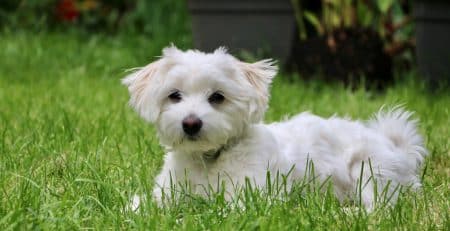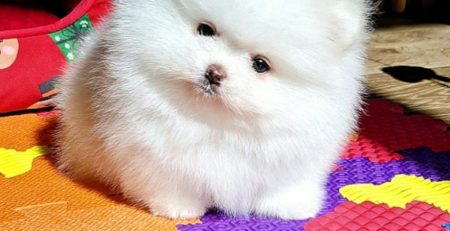The Maltese Hunting Dog
The Maltese Hunting Dog (Kelb tal-kaċċa ta’ Malta) has been flushing out game from wheat fields and retrieving shot carcasses since its inception, hiding its staggering efficiency from the limelight of the world’s most lovable work dogs. Its origins are humble: it is the product of the mixture of native dogs with continental breeds brought to the Maltese islands by whoever was colonising them. Despite its enthusiastic nature and willingness to please, the Maltese Hunting Dog was overlooked throughout most of its history. This is because the locals were intrigued by the many novel, exotic breeds that the colonising nations brought along with them when visiting the islands. These different breeds might have been bred with the local stock to contribute to what the Maltese Hunting Dog is today.
The first mention of the Tal-Kaċċa was when Malta was still under the watchful eye of the Order of Saint John, when the then Grandmaster Ximenes published a legal notice in 1773 that allowed for the Tal-Kaċċa to be used for game hunting.
Despite the numerous crossings with other continental breeds such as the Bracco Italiano and other European pointing and flushing hounds, the breed has over the years assumed a particular genetic uniformity. Samples taken from 20 individuals were sent to a genetic laboratory, finding that the Maltese Hunting Dog is genetically distinct from any other breed of hound and also genetically coherent. This strengthened the breed’s claim for a pedigree and with the support of a dedicated team of breeders, hunters and veterinarians the breed was recently officially recognized as a pedigree breed by the Maltese National Canine Federation (MNCF).
What is so special about the Kelb tal-kaċċa ta’ Malta?
The Maltese Hunting Dog has tan patches, flesh coloured nose, and characteristic white swallow tail dividing a tan mask that surrounds its eyes. The characteristic facial pattern is sometimes referred to as the Maltese cross as the dog sometimes looks like it has a white Maltese cross on its face. Besides the tan patches, the rest of the body should be white. No other colouration is allowed for the breed.
Despite the dog’s squat, robust structure the dog is surprisingly agile and energetic. The dog particularly outperforms a lot of other breeds in hot weather where it is usually unfazed by such conditions while most other well-known hunting breeds struggle to keep up. This characteristic and the fact that they usually possess a very robust immune system is making them increasingly popular with Maltese hunters that have immigrated to Australia.
So what does the future have in store for the Kelb tal-kaċċa ta’ Malta?
If the Maltese Hunting Dog’s breeders were to have it their way, they would see the Maltese Hunting Dog internationally recognized by all the major canine organizations such as the FCI and the Kennel Club. Although the Maltese Hunting dog has come a long way, it still has a long way to go. Given the dedication shown by Maltese breeders, and the help and support they are given by the Maltese National Canine Federation and Maltese hunting clubs like the FKNK, the task of getting this Maltese breed the international recognition its due is looking increasingly promising.
Furthermore, the Maltese breeders are trying their best to avoid repeating the same mistake in letting a Maltese breed be sabotaged and inappropriately named by foreign bodies. This was the case with the Kelb tal-kaċċa tal-Fenek (literally translated into Rabbit Hunting Hound) which was inappropriately named Pharaoh Hound much to disappointment of the dedicated Maltese breeders.
The Maltese are counting on the Maltese Hunting dog to show the international community that there’s more to Maltese dog breeds then white fluffy lapdogs. Despite the disservice of naming the islands national dog Pharaoh Hound instead of its more fitting name, the Mediterranean islands still had one more doggy powerhouse hidden up their collective sleeve, determined to flush anything willing to stand in its path to recognition.





















